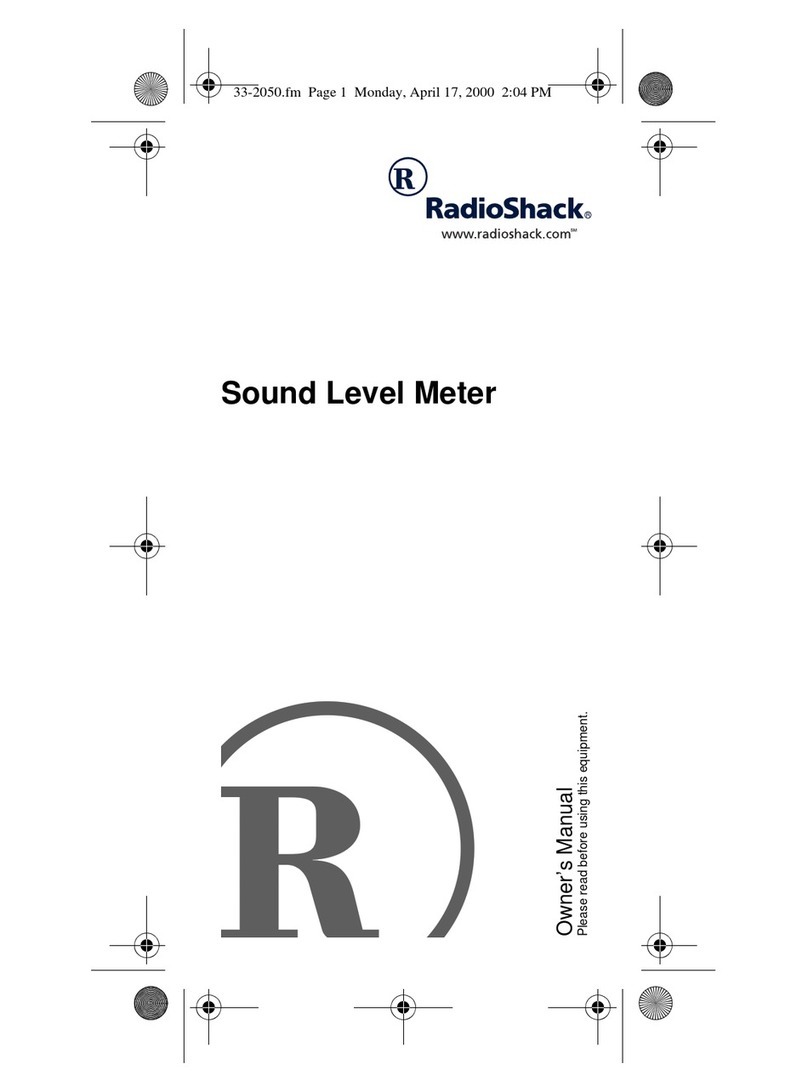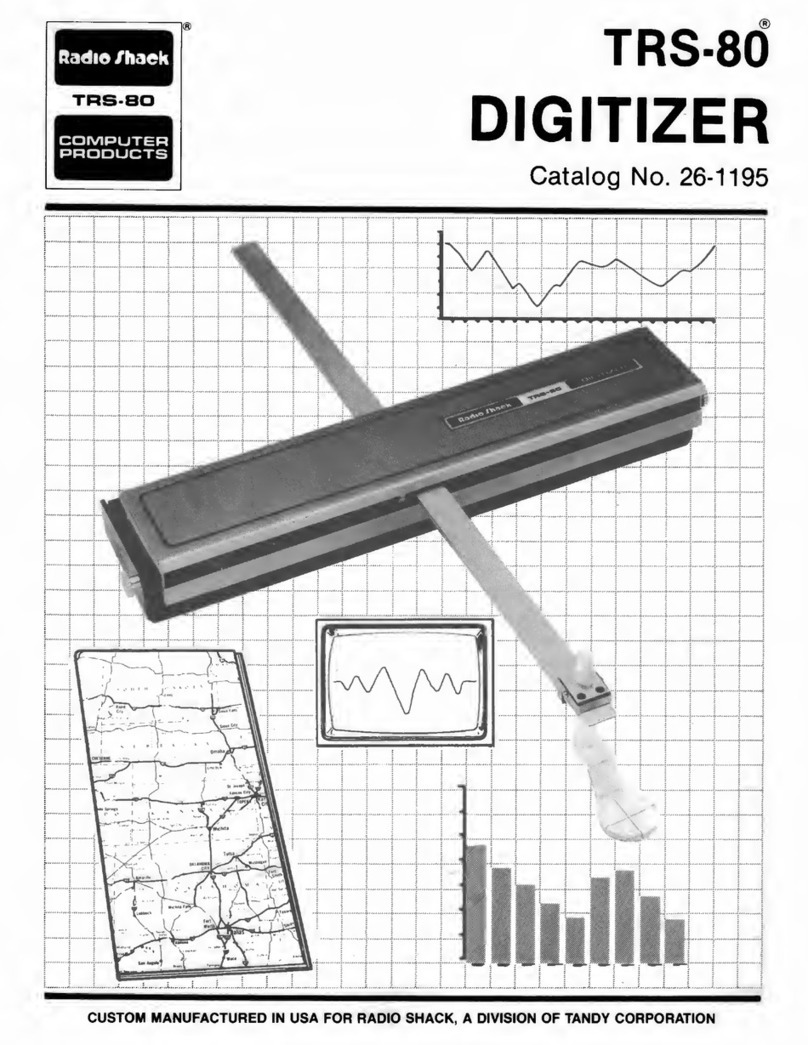
5
A WORD ABOUT SAFETY
While we have taken every precaution in designing this probe
and AC current adapter to ensure that they are safe, but safe
operation depends on you, the operator. We recommend that
you follow these simple safety rules:
• Never use the probe where there is voltage of more than
500 volts RMS AC 50/60 Hz with respect to ground.
• Never use the AC current adapter where there is voltage of
more than 120 volts RMS AC 50/60 Hz with respect to
ground.
• Never plug the AC current adapter into an AC outlet unless
you are using it with the probe. Immediately unplug the AC
current adapter from the AC outlet when you finish measur-
ing current.
• Never use the probe to measure current of more than 300
amps AC, and never use the AC current adapter (together
with the probe) to measure current of more than 10 amps
AC.
• If you are measuring more than 200 amps AC of current,
never use the probe longer than 30 seconds at a time.
• Let the probe cool at least 15 minutes before using it again.
• Never apply power to or touch the probe’s test leads while
using the probe.
• Always connect the probe to a suitable multimeter before
using it (see “Choosing a Multimeter” on Page 8).
The probe is fully calibrated and tested. Under normal use, no
further adjustment should be necessary. If the probe should re-
quire repair, do not try to adjust it yourself. Take it to your local
RadioShack store. Service by unauthorized personnel voids the
probe’s warranty.
22-601.fm Page 5 Monday, August 2, 1999 3:48 PM



































